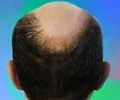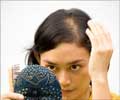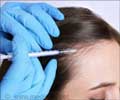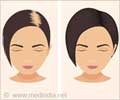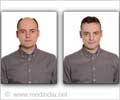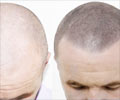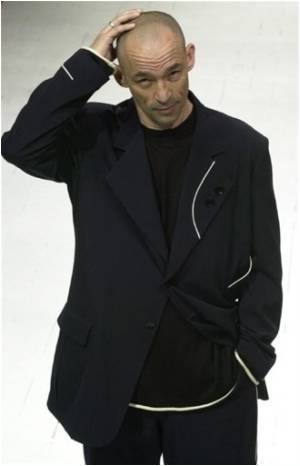
Now, the challenge for scientists at the University of Melbourne and St Vincent's Hospital, and for research teams at Berlin Technical University and British company Intercytex, is to increase the number of follicles that can be cloned from a single hair taken from a patient's scalp.
At the moment, one hair produces only one or two clones.
"We've got to find a way of increasing the yield," the Sydney Morning Herald quoted Prof Rod Sinclair, head of the research team at St Vincent's as saying.
"We've got to find a way of multiplying one hair extracted into 1000 hairs ... what commonly happens in the expansion process is that they lose their ability to induce new hair follicles," he said.
Sinclair said cloning hair was difficult because each strand, including its follicle, was a complete organ like a kidney or liver.
Advertisement
To clone hair, scientists have to extract stem cells from the hair follicle, multiply them in a culture dish, and then implant them into the scalp.
Advertisement
Despite the difficulties, the scientists are encouraged by the success of the trials involving mice.
Source-ANI

